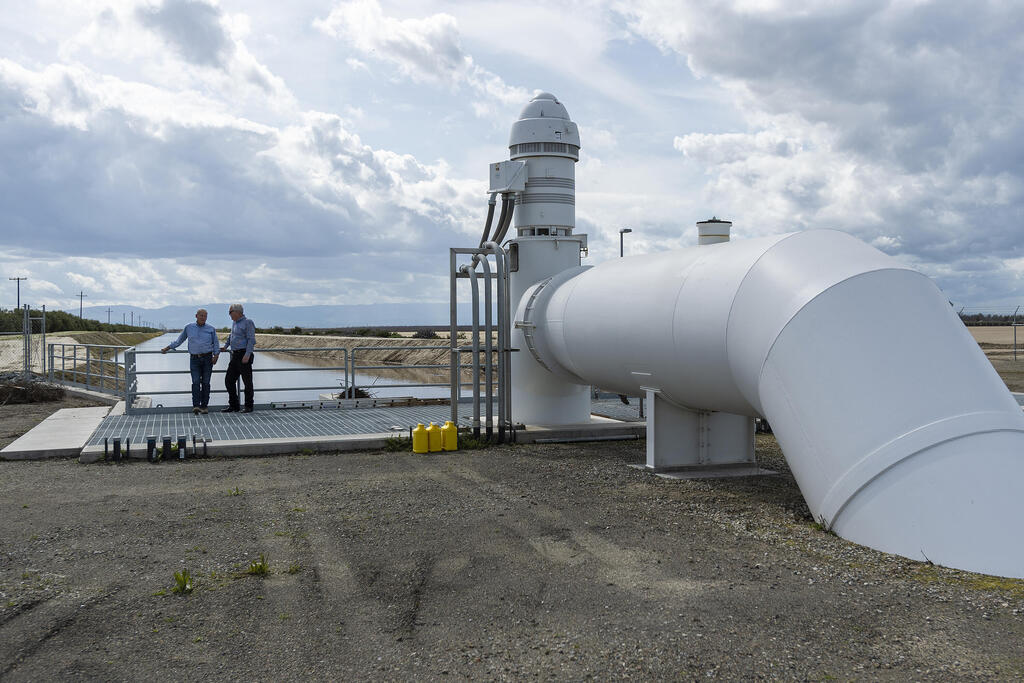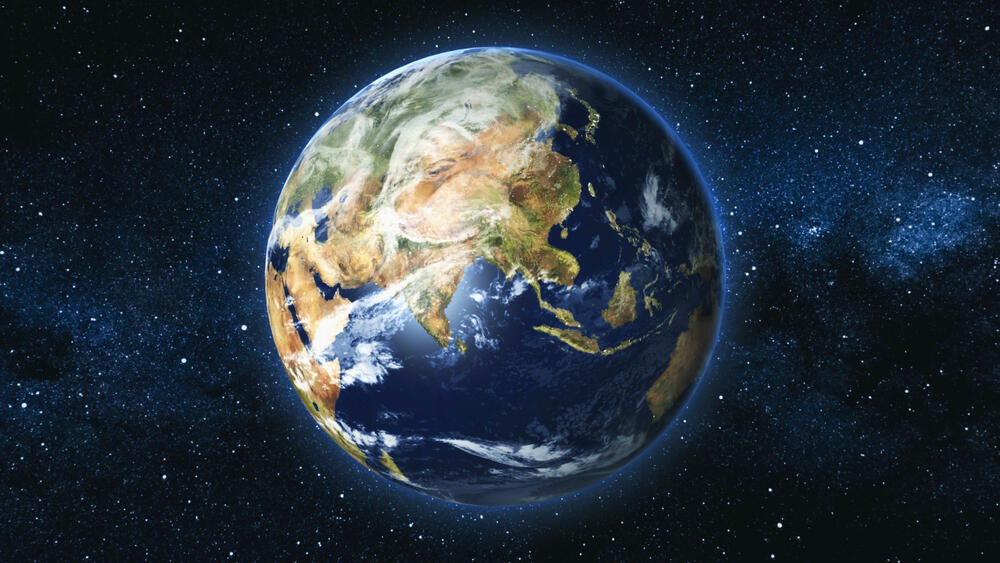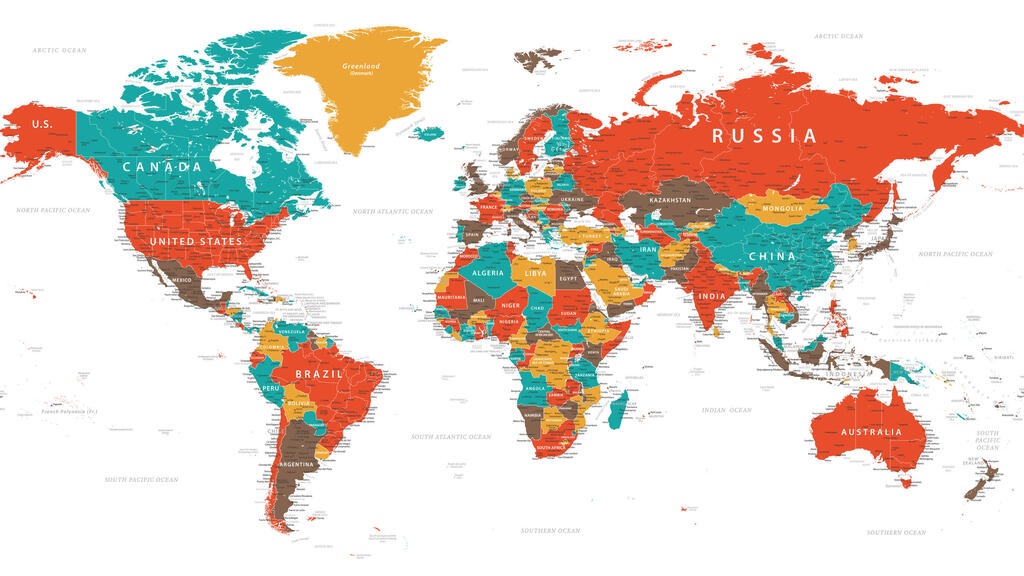Though it’s hard for us to see it, the Earth is tilting more than the past. Humans have shifted such a large mass of water through groundwater extraction and its relocation to other places that our planet has tilted a further almost 80 cm eastward between 1993 and 2010.
More stories:
However, this is only an estimation, as it is challenging to precisely measure the amount of groundwater that has been pumped.
3 View gallery


Pumping groundwater has caused our planet to tilt further eastward
(Photo: Shutterstock)
Using climate models, scientists estimated that humans pumped 2,150 gigatons of groundwater, equivalent to an over 6 mm rise in sea level, from 1993 to 2010. Meanwhile, the position of Earth's rotational pole, which is the point around which it turns, varies in relation to the Earth's crust.
The distribution of water across the Earth's surface affects its mass distribution, similar to the way weight shifts in a boat when all its occupants move to one side. Similarly, when water is moved from one place to another on Earth's surface, adding water to one side causes the Earth to rotate in a slightly different way.
"The Earth’s rotational pole is highly variable," explained geophysicist Ki-Weon Seo, a professor at Seoul National University’s Earth Sciences Department, who was in charge of the study. "Our study showed that among the climate-related factors, the redistribution of groundwater has the most significant impact on the Earth's rotation."
The ability of water to change the Earth's rotation was discovered in 2016, but until now the specific contribution of groundwater to these rotational changes hasn’t been researched.
3 View gallery


The ability of water to change the Earth's rotation was discovered in 2016
(Photo: Shutterstock)
In the new study, whose findings were published in the Geophysical Research Letters journal, researchers illustrated the changes by examining only ice sheets and glaciers, and then added scenarios of redistributed groundwater.
The researchers' model showed that due to 2,150 gigatons of groundwater being extracted, the Earth tilted about 78.5 centimeters eastward between 1993 and 2010, which is over 4 centimeters per year.
"I’m very pleased to find the reason for the shift, but as someone living on the planet, I’m concerned and surprised to discover that the extraction of groundwater is an additional cause of rising sea levels," Seo said.
The location of groundwater affects how much it can change the movement of the Earth, because when the distribution of groundwater changes in the Earth’s mid-latitude zones, it has a greater impact on the Earth's rotational pole.
Therefore, the movement of groundwater from the latitude of between 35 degrees and 55 degrees north or south of the equator has a greater influence on the Earth's rotation. As the research continued, scientists discovered that most of the water was redistributed in northwestern America and northwestern India, both of which are in the mid-latitude zones.
Even if countries take action to slow down their groundwater usage, it would require decades of sustained effort to theoretically reverse the consequences of groundwater extraction.
However, the bright side at the moment is that groundwater extraction is unlikely to cause seasonal shifts, where seasons arrive earlier or later, which could lead to the early blooming of trees and wildflowers, for example.
"Studying changes in the Earth's rotational motion is crucial for understanding variations in terrestrial water storage. Data on the movement of the Earth's rotation have been available since the end of the 19th century,” Seo said.
“Therefore, we can use this data to understand ways of terrestrial water storage over the past 100 years. Have there been changes in the hydrological regime resulting from climate change? The Earth’s polar movement can provide the answer to that," he added.


